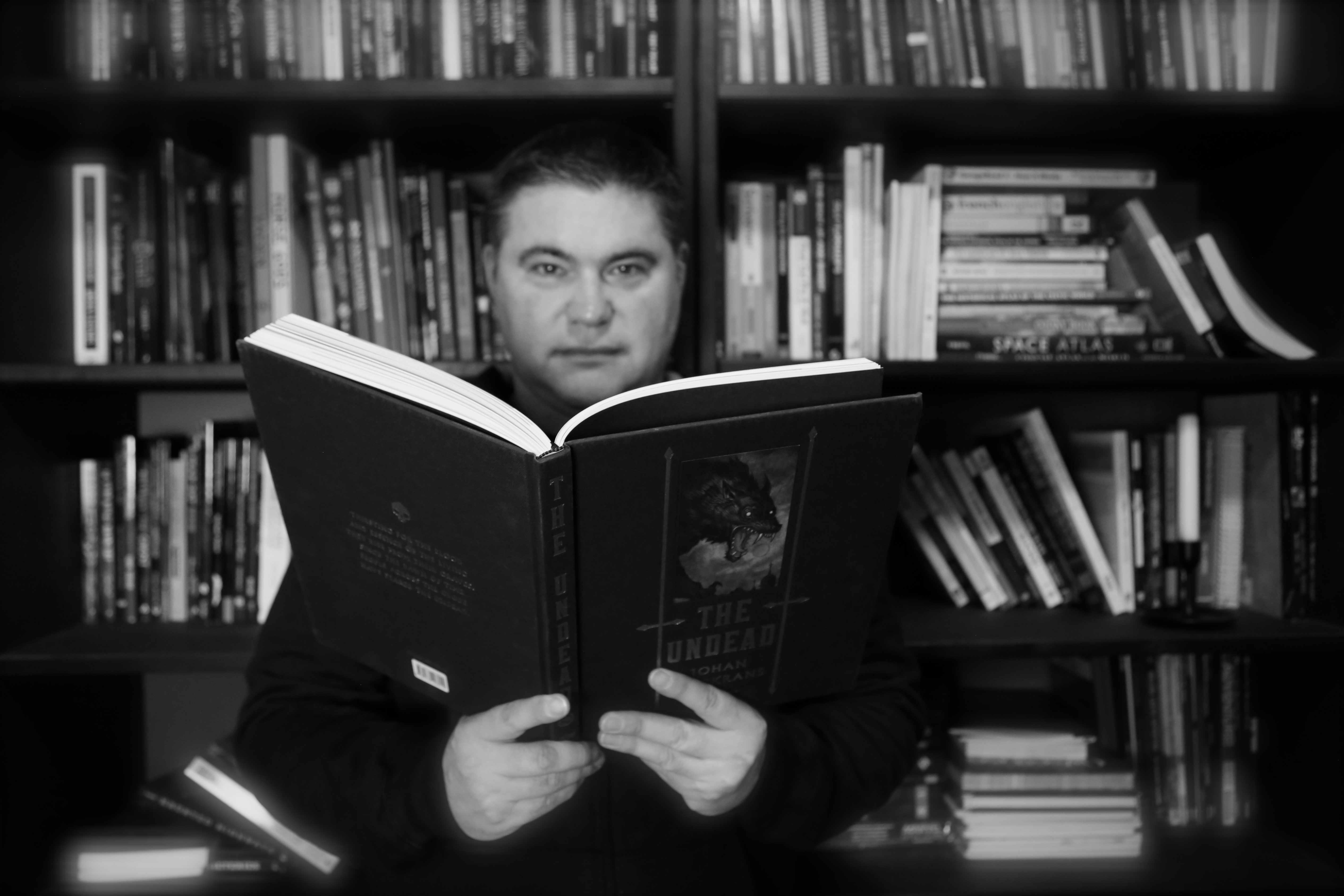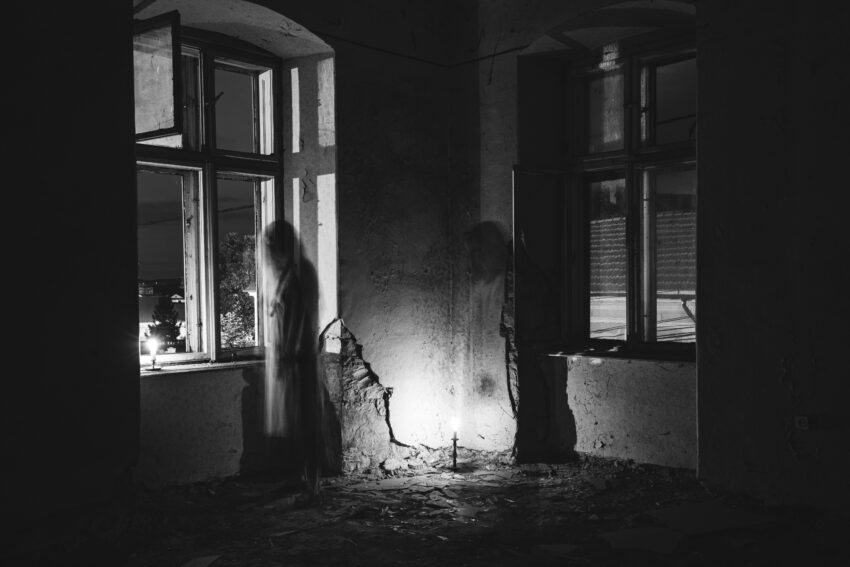
Ghost Hunting: The Modern Expression of Folklore
Ghost hunting has become really popular today. TV shows, books, and online videos have made it even more famous. Many people think ghost hunting is scientific because of all the gadgets they use. But if you look closer, it’s more about storytelling than science. Ghost hunting is like a modern kind of folklore. It’s connected to old beliefs and superstitions. In this article, we’ll see how ghost hunting comes from these traditions and keeps folklore alive.
Origins of Ghost Stories and the Fear of the Unknown
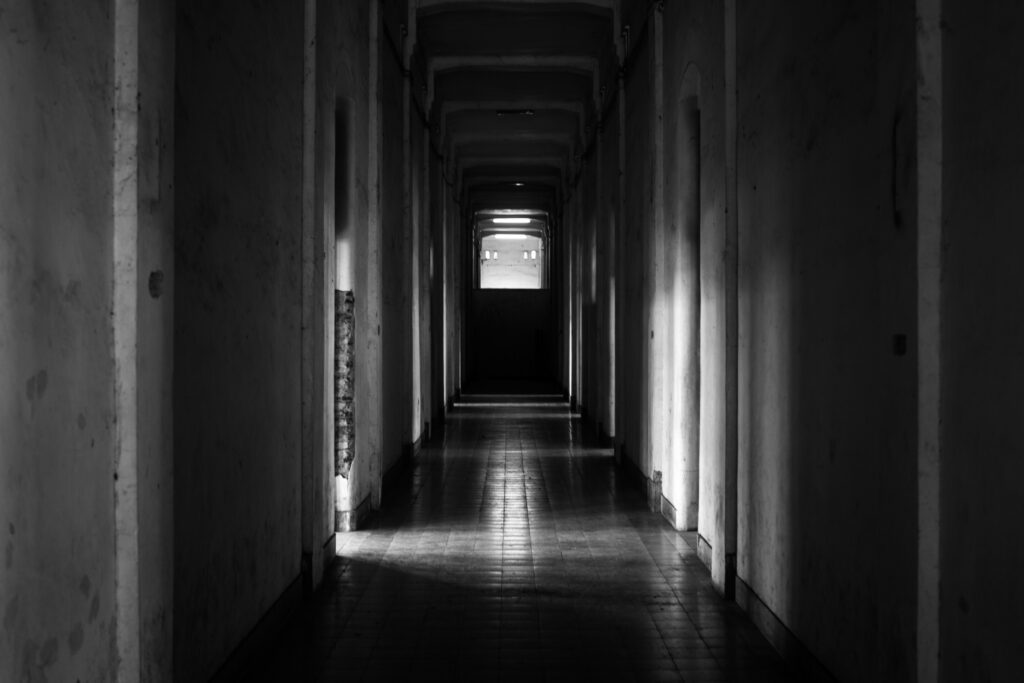
Ghost stories have been around for hundreds of years, in many cultures. In the past, these stories helped people explain strange or scary things—like weird noises or moving shadows. For example, in Europe, people told stories about ghostly figures like the Headless Horseman, who was said to roam the countryside. In Japan, there are yurei stories about restless spirits. In Mexico, El Sombrerón is a character who appears to people who stay out too late. People have always wanted to explain the unknown, and ghost hunting today is part of that. Ghost hunters are still trying to make sense of mysterious things, using stories passed down through folklore.
Folklore Techniques in Modern Ghost Hunting
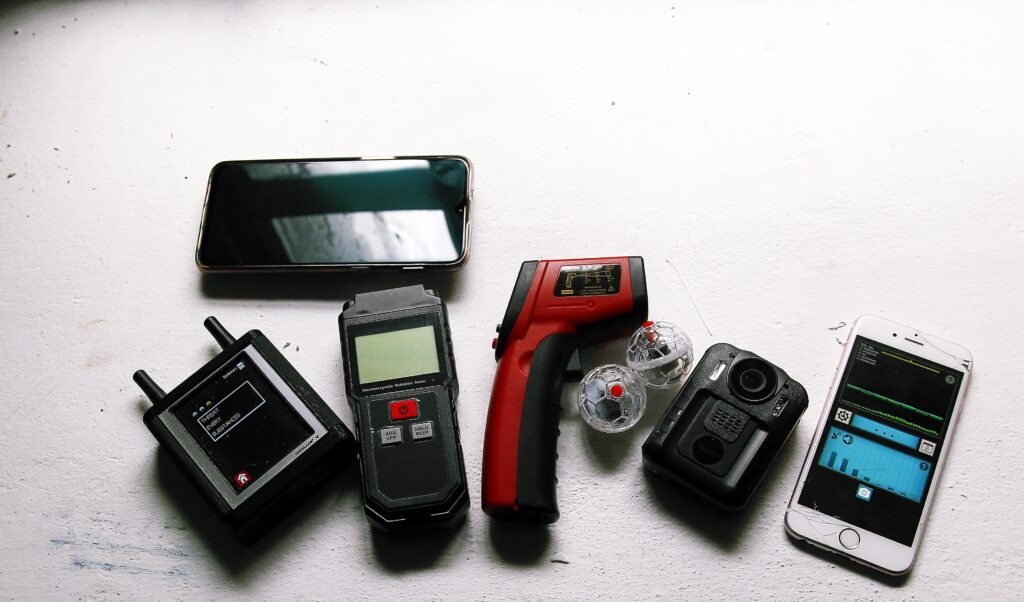
Many ghost-hunting tools are just modern versions of old practices. Dowsing rods were first used to find water, but now ghost hunters use them to find spiritual energy. This is similar to old divination tools, like pendulums or mirrors, which people believed could show glimpses of the spirit world. The Ouija board is another example. It started as a 19th-century tool to talk to spirits and is now a common ghost-hunting device.
Ghost hunters also use voice recorders to capture what they call EVP (Electronic Voice Phenomena). This is like the old practice of listening for whispers in the dark to hear messages from spirits. They also use infrared cameras to spot ghosts. This is similar to watching for shadows or reflections in candlelight.
Storytelling is a big part of ghost hunting too. Ghost hunters often talk about the history of a place, linking it to stories of tragedy, murder, or lost love. This is just like folklore, where stories give special meaning to places. For example, a ghost-hunting show might visit an old mansion and tell a story about a heartbroken widow whose spirit still lingers there. These stories make ghost hunting more interesting and believable. Another example is the Winchester Mystery House in California. Ghost hunters say Sarah Winchester built endless rooms to confuse spirits, which ties into folklore about restless souls.
Ghost Hunting, Legend Tripping, and Cultural Folklore
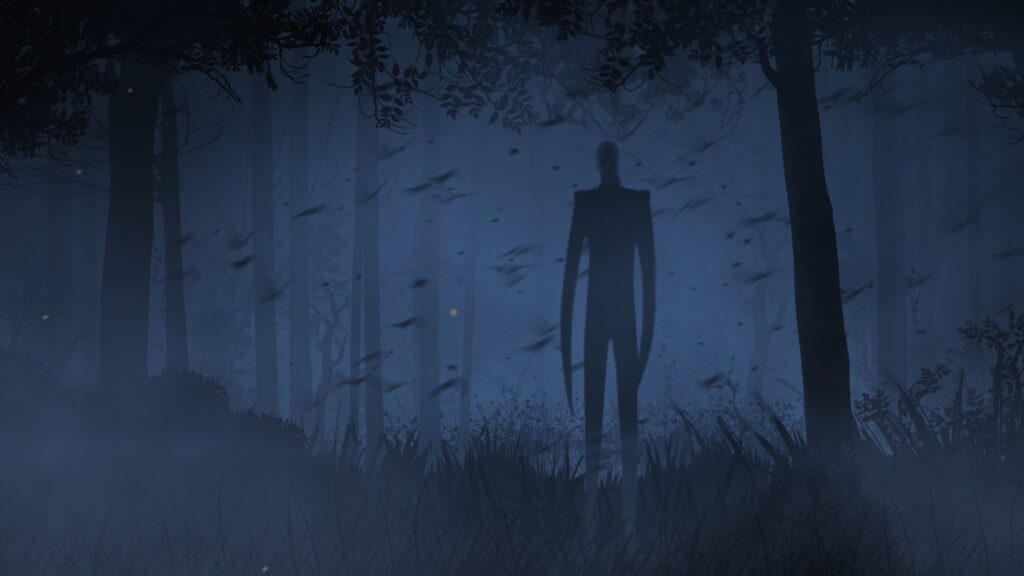
Ghost hunting is also connected to legend tripping. Legend tripping is when people visit places connected to folklore or legends to experience them firsthand. Ghost hunters are legend trippers—they’re not just telling stories about haunted places, they are part of the story. By visiting haunted locations, ghost hunters become part of the folklore, adding their own experiences.
For example, ghost hunters visiting abandoned hospitals, prisons, or battlefields are legend tripping. These places are thought to be haunted because of their tragic history, like the Eastern State Penitentiary in Philadelphia. Ghost hunters there say they hear the cries of old inmates. In Latin America, ghost hunters might look for La Llorona, visiting rivers where people say she appears. This activity ties them directly to the legends, and their stories become part of the growing folklore.
Legend tripping also means ghost hunters make the myths real for the next generation. When people share ghost-hunting stories—on TV, YouTube, or TikTok—they keep the legends alive. A ghost hunter might visit the Gettysburg battlefield and say they saw ghost soldiers. That story becomes part of the Gettysburg legend, retold by others. This mix of personal experience and storytelling is what keeps legend tripping and folklore alive.
Media Influence: Reinforcing Folklore through Modern Storytelling
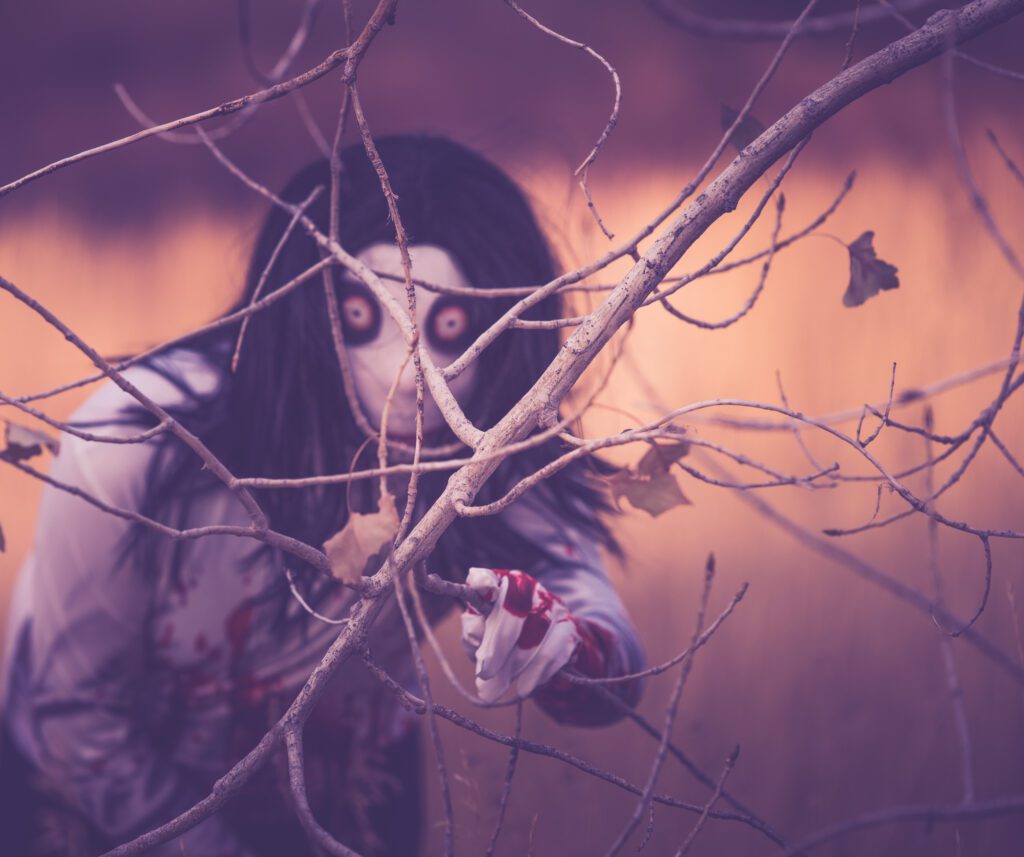
Ghost hunting in the media has helped keep folklore alive. Many ghost-hunting shows follow a similar pattern: they introduce a haunted place, tell its sad backstory, do an investigation, and interpret strange sounds or images as ghosts. This is just like folklore. The story builds tension and mystery, then gives an explanation that feels real.
For example, in the show Ghost Adventures, the hosts tell dramatic stories about the places they visit. They might talk about a haunted hotel where a guest disappeared, then use that story to explain strange noises during their investigation. This makes the ghost hunt more exciting and ties it to traditional storytelling.
YouTube channels and TikTok ghost-hunting videos also add to modern folklore. These platforms make ghost stories and haunted places spread fast. People share their experiences, which become part of a shared story. For example, a video of a haunted farmhouse might go viral, and viewers will add their own stories. This process keeps folklore alive and changing. Another example is the story of the “Black-Eyed Children.” It started online but has since been featured in many ghost-hunting videos. The more people talk about these stories, the more they become part of our culture.
Ghost Hunting as a Link to Folklore and Legend Tripping
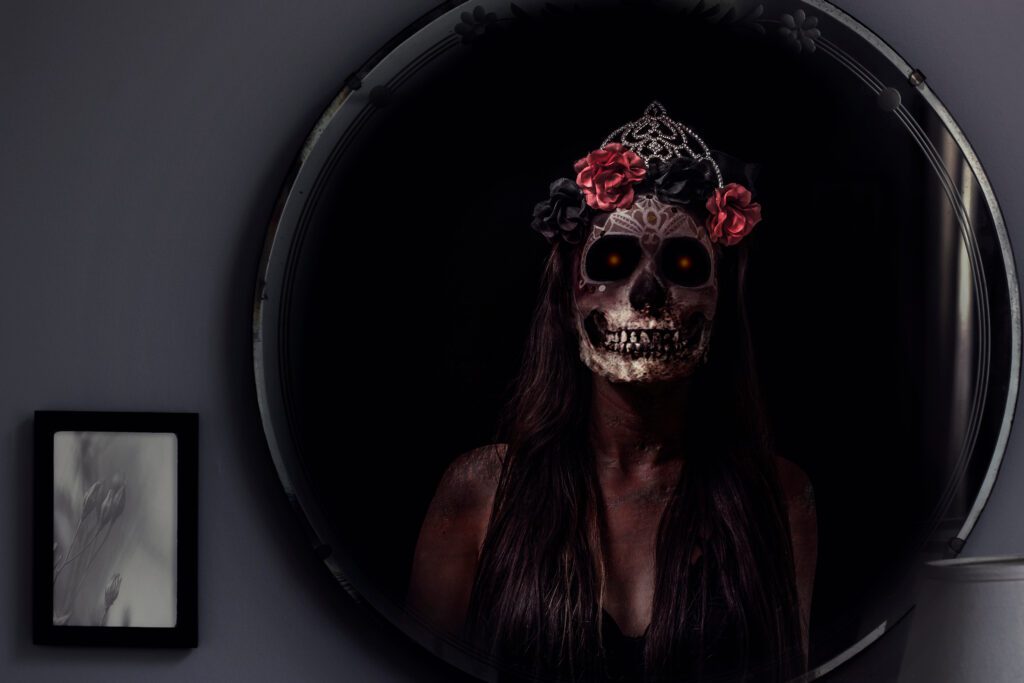
Ghost hunting is more than just a hobby or entertainment. It’s a way for people to connect with the unknown and share stories. By visiting haunted places, ghost hunters bring old legends to life and create new ones. They use tools, tell stories, and share their experiences, keeping the folklore alive for future generations. Ghost hunting also has a lot in common with legend tripping. Ghost hunters aren’t just observers; they’re actively participating in the stories. By injecting themselves into the legends, they make the myths feel real and keep them going.
Whether it’s through TV shows, online videos, or personal adventures, ghost hunting keeps the spirit of old traditions alive. Even as technology changes, ghost hunting will always be about the stories and the mystery behind them. It shows that our fascination with the unknown will never fade, and neither will our love for storytelling.
Sources
Guiley, Rosemary Ellen. The Encyclopedia of Ghosts and Spirits. 3rd ed., Facts On File, 2007.
Foster, Michael Dylan, and Jeffrey A. Tolbert, editors. The Folkloresque: Reframing Folklore in a Popular Culture World. Utah State University Press, 2016.
Hufford, David J. The Terror That Comes in the Night: An Experience-Centered Study of Supernatural Assault Traditions. University of Pennsylvania Press, 1982.
Ellis, Bill. “The Legend-Tripping Tradition: An Examination of Motivations, Beliefs, and Behavior in ‘Haunted’ Experiences.” Western Folklore, vol. 42, no. 3, 1983, pp. 175-190.
American Folklore Society. American Folklore Society, https://www.afsnet.org. Accessed 13 Oct. 2024.
Paranormal Encyclopedia. Paranormal Encyclopedia, https://www.paranormal-encyclopedia.com. Accessed 13 Oct. 2024.
Folklife Today Blog. Library of Congress, https://blogs.loc.gov/folklife. Accessed 13 Oct. 2024.
